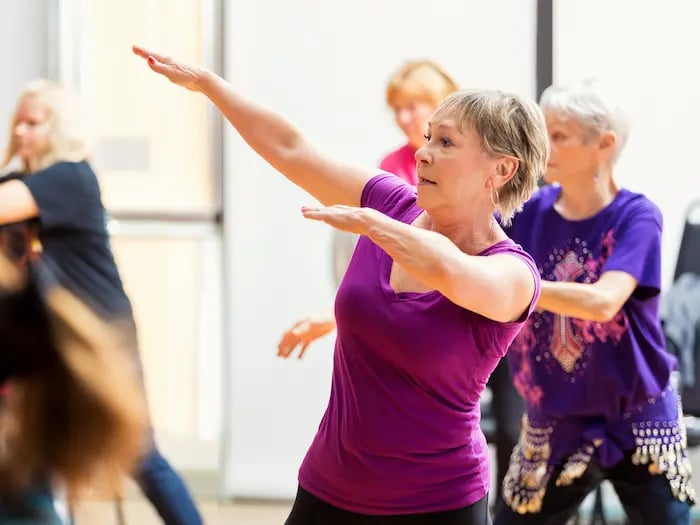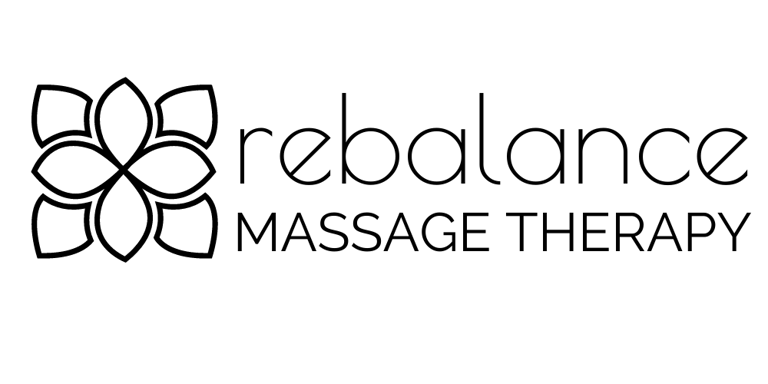How Sarah Got Back to Her Exercise Classes (Pain-Free!)
How the MyoKinesthetic System helps to figure out compensation patterns and root cause of musculoskeletal pain.
Laurie Kessen
11/8/20255 min read


Case Study: How We Solved 6 Months of Chronic Glute Pain by Treating the "Wrong" Side
When Pain Isn't What It Seems
Have you ever had pain in one area of your body, only to discover the real problem was somewhere else entirely? That's exactly what happened with one of my recent clients, and her journey perfectly illustrates why looking at the whole body matters so much in manual therapy.
Let me tell you Sarah's story. (Name changed for privacy, but the results are 100% real.)
The First Appointment: "My Right Glute Is Killing Me"
Sarah came in for a massage appointment, clearly frustrated. She'd been dealing with chronic pain in her right upper glute region for six months. This wasn't just annoying - it was seriously impacting her quality of life.
What she couldn't do anymore:
Participate fully in her beloved exercise classes
Get up and down off the floor without significant pain
Bend over to tie her shoes
Get through a day without ibuprofen
Like most people would, Sarah assumed the problem was where she felt the pain - her right glute. She'd tried rest, ice, heat, and over-the-counter pain medication. Nothing was really helping.
During that first massage, I listened to her story and knew we needed to dig deeper. This wasn't just a tight muscle that needed some massage therapy. Something else was going on.
I scheduled her for a MyoKinesthetic postural assessment.
The Assessment: The Plot Thickens
When Sarah came in for her assessment, I conducted a thorough evaluation of her postural alignment, movement patterns, and range of motion. What I found was fascinating:
The obvious finding:
Yes, her right upper glute was tight, tender, and overactive
The surprising findings:
Her LEFT hip had significantly limited mobility compared to her right
Muscle imbalances followed the S1 nerve pathway
Her left foot showed signs of long-term compensation (the toes were extended, indicating she was constantly gripping for stability)
The revelation: Her right glute wasn't the problem - it was the hero that wouldn't quit.
Understanding the Compensation Pattern
Here's what was really happening in Sarah's body:
Her left hip had limited mobility (we suspected osteoarthritis might be developing, though she hadn't been formally diagnosed). Whether she was conscious of it or not, her body was avoiding using that left hip because it didn't feel stable or comfortable.
So what did her incredibly adaptive body do? It recruited her right glute to work overtime.
Every time she walked, her right glute had to work extra hard to stabilize her pelvis since the left side wasn't pulling its weight. Her right glute was shortened from constantly contracting because it was working so hard. When she bent over to tie her shoe, that glute did not like being forced to lengthen.
Her right glute was like an employee doing the work of two people - eventually, it was going to burn out.
And burn out it did. After six months of being overworked, that right glute was tight, inflamed, and sending pain signals that were impossible to ignore.
The kicker? If we had only treated the painful right side, we would have provided temporary relief at best. The underlying compensation pattern would have remained, and the pain would have returned.
The Treatment Plan: Address the Cause, Not Just the Symptom
Once we understood what was really going on, we created a comprehensive plan:
For the overworked right glute (the painful side):
Manual therapy and myofascial release to reduce tension
Gentle stretching to restore normal resting length
Teaching her body it could relax because help was on the way
For the underperforming left hip (the root cause):
Gentle mobility work within pain-free ranges
Progressive strengthening of the hip stabilizers
Retraining movement patterns so the left side would do its fair share
Home exercise program: Sarah received exercises she could do daily - nothing complicated, but targeted and effective. The program took about 15-20 minutes a day and focused on both releasing the right side and strengthening the left.
The Results: A Progressive Success Story
At her second appointment (the day after the initial MyoKinesthetic treatment): Sarah reported she was feeling noticeably better. She hadn't needed to take ibuprofen since our first MyoKinesthetic session. When bending over to tie her shoes, she could get closer to her feet - not all the way yet, but definitely improved.
Her body was starting to recognize it had options beyond the right-side-does-everything pattern.
At her fourth appointment (4 days later): Sarah walked into my office with a big smile. That morning, she'd done two back-to-back exercise classes - something that would have been impossible six weeks earlier.
Yes, getting up and down from the floor still required some care, and she'd only done it once instead of multiple times. But the difference was remarkable. She was participating in her classes again. She was moving more freely. The constant ache in her right glute was gone.
Most importantly? She understood her body better. She knew which exercises to emphasize when the right side started feeling tight. She recognized when she was compensating and could consciously recruit her left side more.
The Bigger Lesson: Your Body Tells a Story
Sarah's case is a perfect example of why I use the MyoKinesthetic approach in my practice. This method allows me to:
Look at the whole body, not just the area of pain
Trace compensation patterns through muscle imbalances and nerve pathways
Address root causes, not just symptoms
Determine the "problem muscles" and figure out where strengthening needs to occur
Empower clients with understanding and home exercises
Pain is your body's way of communicating. But like any conversation, you need to listen carefully to understand what's really being said.
Sarah thought her body was saying, "Your right glute is the problem."
What it was actually saying was, "Your right glute has been carrying too much of the load for too long because your left hip needs support."
Could This Be You?
If you're dealing with chronic pain that:
Has persisted for months despite rest and typical treatments
Interferes with activities you used to enjoy
Seems to move around or change patterns
Requires regular pain medication to manage
Doesn't make sense based on any specific injury
...there's a good chance you have a compensation pattern at work, just like Sarah did.
The human body is remarkably adaptable. When one area isn't functioning optimally, other areas step up to compensate. This is brilliant in the short term - it keeps you moving and functional. But over time, those compensating areas can become symptomatic from overwork.
What to Do Next
If Sarah's story resonates with you, consider scheduling a MyoKinesthetic postural assessment. During this comprehensive evaluation, I'll:
Listen to your complete pain story
Assess your posture and movement patterns
Identify muscle imbalances and compensation patterns
Trace nerve pathway involvement
Create a customized treatment plan that addresses root causes
Provide homework to support your progress between sessions
The goal isn't just to reduce your pain - it's to help you understand your body, move better, and get back to doing the things you love.
Sarah is now back to her exercise classes, bending over without hesitation, and moving through her day pain-free. She invested about 15-20 minutes a day in her home exercises and attended 7 appointments over two weeks.
Ready to investigate what's really causing your pain?
Let's see if the MyoKinesthetic System might the right treatment for you. Book an appointment for a MyoKinesthetic postural assessment and we can start figuring out what is behind your pain.
